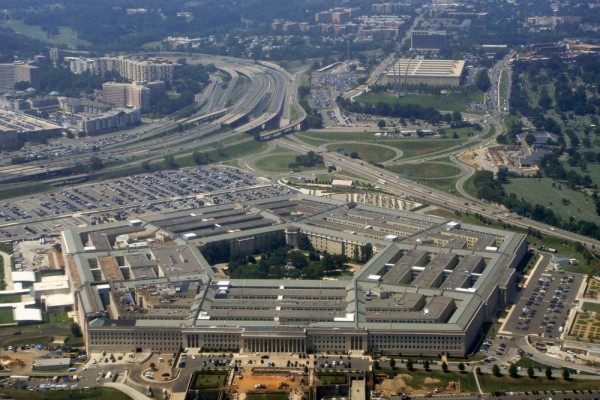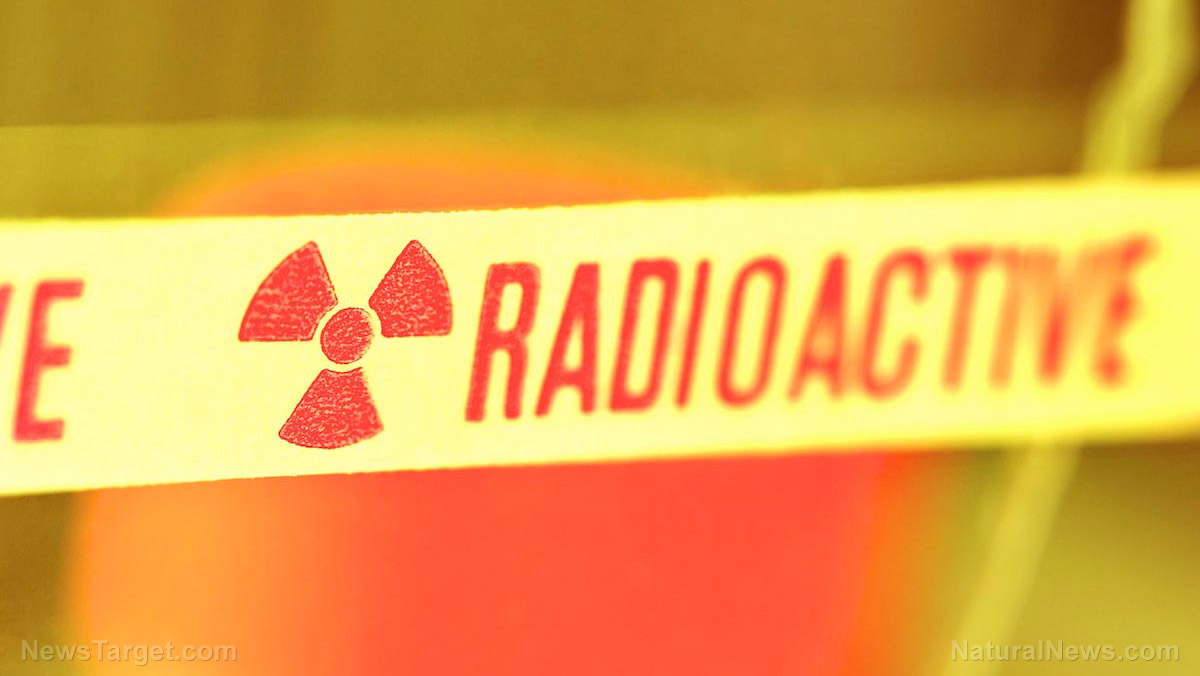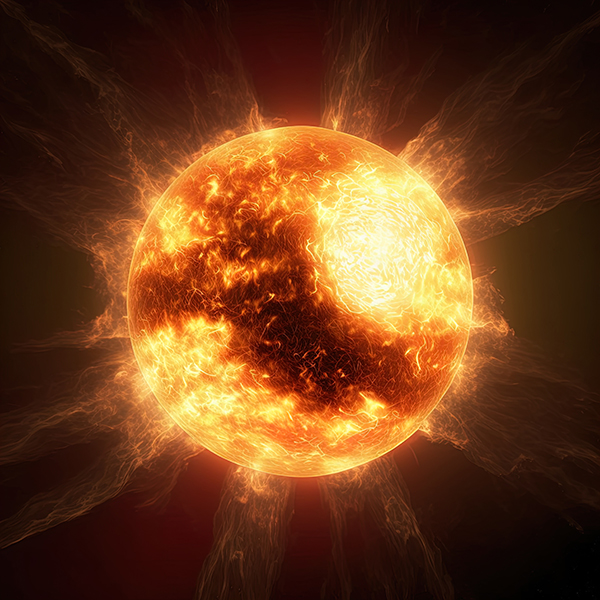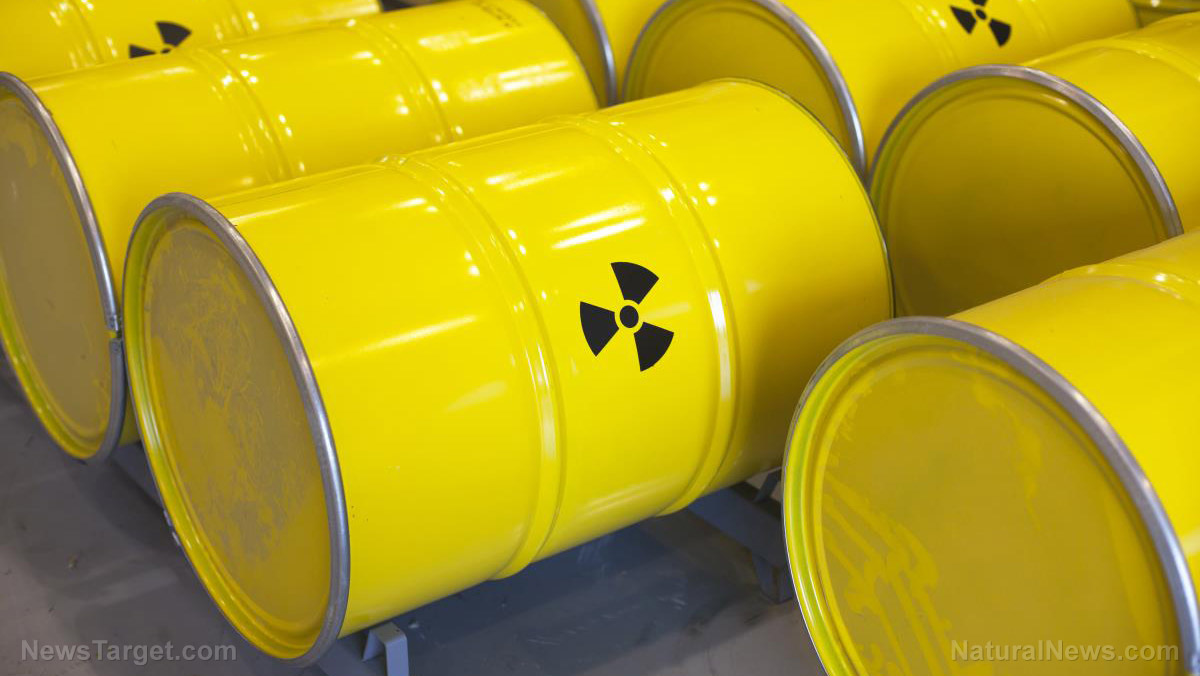Japan begins secret discharge of RADIOACTIVE WATER from Fukushima nuclear plant into the ocean
06/11/2023 / By Ramon Tomey

Japan has begun to discharge radioactive water from the Fukushima Daiichi Nuclear Power Plant into the ocean.
A June 6 report by the Japanese public broadcaster NHK confirmed the move, saying that the Tokyo Electric Power Company (TEPCO) began releasing the irradiated seawater on the afternoon of June 5. The water was released into a purpose-built submerged tunnel that would discharge the contaminated water into the sea.
TEPCO estimated that the tunnel would be filled with some 6,000 tons of seawater by noon on June 6. It was previously stated that all construction work will be done by the end of the month.
But according to a separate report by China Daily, the process was carried out “secretly.” This is because Tokyo’s unilateral decision to dump more than 1.3 million metric tons of treated, but still radioactive, water into the ocean provoked constant protests from parties inside and outside Japan. (Related: Japan PM: Dumping radioactive Fukushima water into the ocean is “unavoidable.”)
Parties who opposed the decision included China and Pacific Island communities. The decision was also met with outrage from civil society groups in the most affected prefectures such as Fukushima, Iwate and Miyagi.
Under the Japanese government’s plan, the tunnel – which was completed in April of this year – will guide contaminated water from the downed Fukushima nuclear plant to an area about one kilometer offshore. The whole release system is almost complete as of writing, save for a reservoir that will store the contaminated water prior to release.
The amount of irradiated water to be discharged would fill about 500 Olympic-sized swimming pools, according to China Daily. The 2011 Tohoku earthquake and tsunami damaged the Fukushima plant’s cooling systems, triggering the meltdown of three reactors and the release of high amounts of radiation. The water to be discharged was used to cool the highly radioactive reactor cores.
Expert: Discharge of Fukushima radioactive water could take 100 YEARS
However, an expert on nuclear issues noted that Japan’s discharge of radioactive water from the Fukushima plant could last until the next century. Shaun Burnie, senior nuclear specialist at Greenpeace East Asia, issued this prediction during an April 2023 press conference in the South Korean capital Seoul.
“Those discharges could begin as early as July, possibly later, and continue for many decades,” he said. “Not just the 30 years – but maybe 50, 60, 70 [or] 80 years. Next century is really possible.”
Burnie also denounced the decision to release the water, arguing that sufficient storage space exists near the site of the now-decommissioned plant. He deemed the discharge a deliberate choice to unnecessarily pollute and contaminate the environment.
The Greenpeace East Asia specialist also casts doubt on the effectiveness of the advanced liquid processing system (ALPS) used to treat the contaminated water before discharge. According to Burnie, around 70 percent of the water in storage tanks still requires further processing before release.
Experts insisted that water processed using ALPS is devoid of radioactive elements. They also insisted that tritium, minute amounts of which remain in the ALPS-treated water, does not pose a threat to human health. But Timothy Mousseau, a biological science expert at the University of South Carolina, begged to differ.
“When tritium gets inside the body, it’s at least as dangerous as any of the other radionuclides,” he said during the same press conference. “The tritium molecule comes inside the cell and ejects an electron. It’s like a bullet coming from a gun. That bullet hits something like the DNA.”
Mousseau added that the high-energy electron moves slowly. It hits different parts of the body, causing “clustered damage.”
“Ingestion is really the most dangerous. People have said that tritium is not dangerous, based on the concerns for external exposure. But using the same argument, you would say that uranium-235 is not dangerous.”
Visit Fukushima.news for more stories about the discharge of radioactive water from the now-defunct nuclear power plant.
Watch this video arguing that the U.S. and the United Nations were behind the Fukushima nuclear disaster.
This video is from the WesTruther channel on Brighteon.com.
More related stories:
Japan and TEPCO claim radioactive Fukushima water can be “safely” dumped in the Pacific Ocean.
Fukushima is running out of storage tanks for radioactive water … Where will they dump it now?
Sources include:
Submit a correction >>
Tagged Under:
Advanced Liquid Processing System, clean water, contamination, environ, Fukushima, Fukushima Daiichi nuclear power plant, Japan, nuclear disaster, ocean discharge, radiation, radioactive water, radionuclides, Shaun Burnie, TEPCO, Timothy Moussea, Tokyo Electric Power Company, toxic water, tritium, water treatment
This article may contain statements that reflect the opinion of the author
RECENT NEWS & ARTICLES
COPYRIGHT © 2017 RADIATION SCIENCE




















